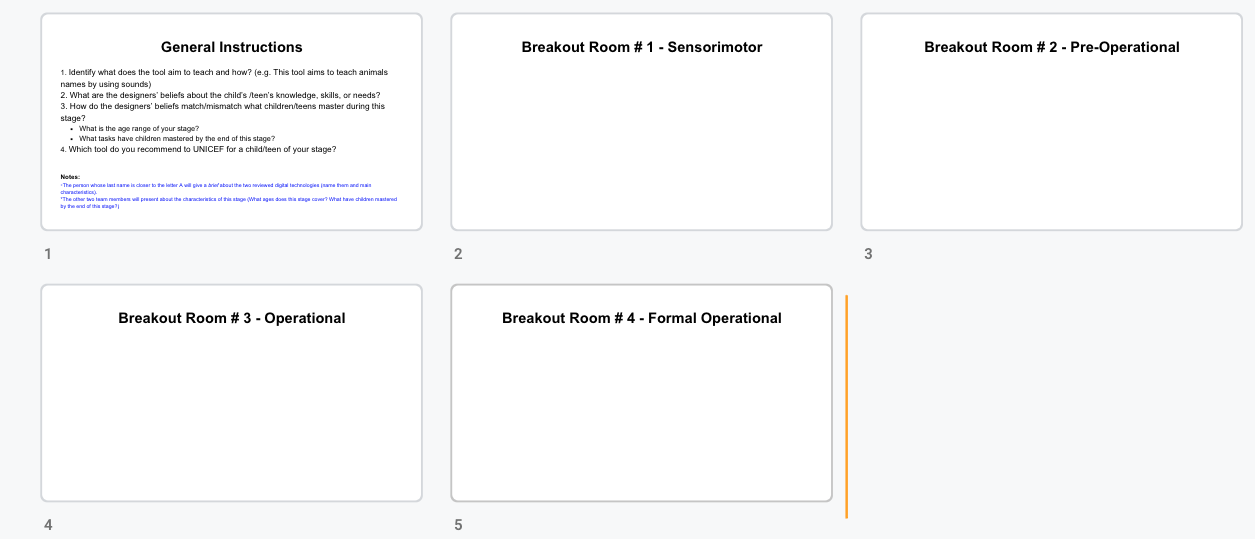This article is part of a series around bridging synchronous and asynchronous learning, including guides on direct instruction, questioning and discussion, and assessment and feedback. To learn more about the basis for synchronous and asynchronous learning, see our guide here.
Students learn best when they are engaged, enabling deeper processing and better retention. The online environment—plagued by distance, distraction, and screen fatigue—presents challenges to student engagement. Providing opportunities for active learning is invaluable in this context, helping keep students interested, motivated, and focused. The following promising practices offer suggestions for learning activities that actively engage students with course material, exploiting a range of technology, media, and synchronous/asynchronous modalities.
Challenge: Engage students in multiple ways
- Use multimedia to provide varied opportunities for engagement by assigning tasks involving drawing, reading, and reflection (Interview with Jo Boaler; Interview with Alvin Pearman).
- Incorporate more project-based learning by giving students agency over ambitious capstone projects that relate to what is going on in the world around them right now (NewSchools Webinar, 2020b).
- Combine ongoing capstone projects with daily learning activities to overcome the learning spikes and valleys in terms of student engagement that comes with project-based learning (NewSchools Webinar, 2020b).
- Include small group projects that meet separately from synchronous sessions (Digital Promise, 2020).
- Add learning activities in the pre-recorded lectures for the students to do with other students or with someone at home. Debrief/unpack the activity during the synchronous class or the following pre-recorded video (Psychology Teaching Town Hall: Lessons Learned from Spring Online, July 29, 2020).
- Incorporate a debate to boost energy when students seem to be suffering from screen fatigue (Interview with Alvin Pearman). Below is an example of an online debate:
- Preparation in breakout rooms (30 min) – Both groups in separate breakout rooms.
- Pro position (5 min) – Group 1
- Rebuttal (3 min) – Group 2
- Con position (5 min) – Group 2
- Rebuttal (3 min) – Group 1
- Groups question each other (5 min/team) – Both groups
- Preparation for closing statements (5min) – Both groups in separate breakout rooms
- Closing statements (3 min/team) – Both groups, in the opposite order from opening statements)
Challenge: Structure activities to maximize student learning
- Ensure students understand learning goals during small group breakout activities. Use structured breakout rooms with specific instructions around a task or agenda to guide activity (Lunch-n-Learn Student Voices Panel June 15, 2020)
- Make instructions easily visible to students at all times.
- Try discussing specific questions and choosing a group member to share out insights/questions to the class.
- Try collaborative digital tools like Google Slides, Mural, or Jamboard for students to work together to take notes, draw, work on problems, brainstorm ideas, or align group values and goals for a project. Students could have different roles organizing, commenting, editing, and adding to the live document (Interview with Jo Boaler, 2020; Interview with Nadia Gathers & Erika Woolsey, 2020; Lunch-n-Learn Instructor Panel #2, May 27, 2020).
- For example, try creating a Google Slides file in advance, include the instructions and breakout room number to each slide, and share the link with students during the synchronous class. If you notice misconceptions or absence of activity in one breakout room slide, join that breakout room! (GSE student).

- Include a timer or broadcast messages with the remaining time to support students with time management (Chou, 2002).
- Design small activities for continuity across spheres (Lunch-n-Learn Instructor Panel #2, May 27, 2020).
- Connect individual student preparation activities before class (e.g., read, listen to, watch something, draft responses) to discussion in small group breakout sessions and whole class share-outs, by having students submit individual reflections about how their thinking developed in light of these exchanges.
- Foster continuity by having students prepare and submit discussion questions before class and discuss these during synchronous sessions (Interview with Sean Reardon, Interview with Alvin Pearman, Lunch-n-Learn Student Voices Panel, June 15, 2020)
- Use classroom management procedures to combat Zoom fatigue. Break up class activities into shorter pieces, with more frequent breaks, than you would in an in-person course to maintain engagement (Digital Promise, 2020). For example:
- Plan for more frequent opportunities for students to move around and rest their eyes (Interview with Victor Lee)
- Pause frequently (e.g, every 8-10 minutes) and provide students with opportunities to ask questions or summarize what they’re learning with a partner (Lunch-N-Learn-Universal Design for Learning, May 21, 2020)